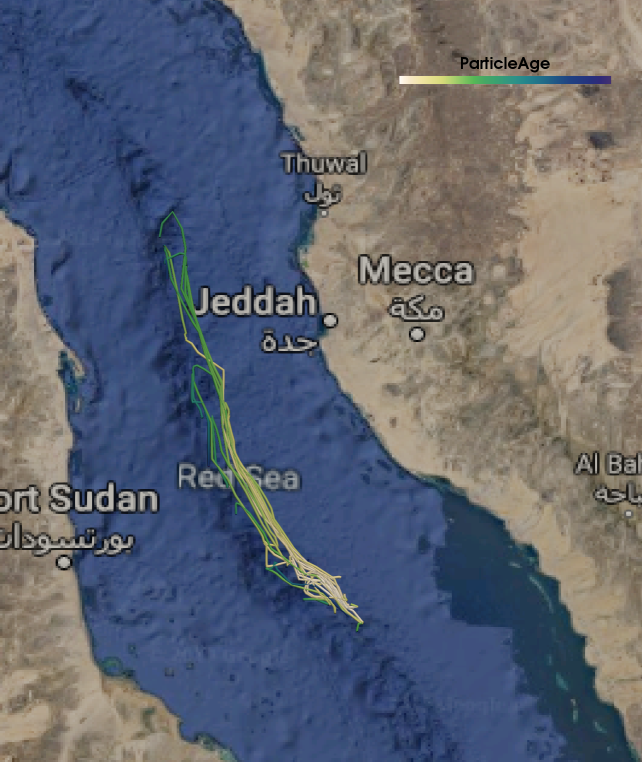
Figure 2: Pathlines for all ensemble members seeded at the same point.
The 2020 IEEE SciVis Contest is dedicated to create novel approaches or state of the art visualizations to assist domain scientists to better understand the complex transport mechanisms of eddies in the Red Sea under uncertainty.
Eddies are clockwise or counter-clockwise circular movements of water that play a major role in transporting energy and biogeochemical particles in the ocean. We use a high-resolution Massachusetts Institute of Technology general circulation model (MITgcm), together with remote sensing satellite observations, to simulate and study the circulation dynamics and to investigate the eddy activities of the Red Sea. Given the narrow nature of the basin, many eddies can occupy more than half of the Red Sea width, providing rapid transport of organisms and nutrients along the coastline and between the african and Arabian Peninsula coasts. These marine ‘whirlpools’ are much more frequent than what had been previously thought, profoundly affecting the social and economic lives of people living in the surrounding countries.
Advanced visualization techniques should enable for better detection capabilities and deeper knowledge of how regularly these eddies occur and how they behave. This will, in particular, help investigating oceanic dynamics across different scales and improve local ocean forecasts, as well as provide tools for the coastguard to undertake search-and-rescues, the authorities to plan for oil spills responses or concentrate discharges, and to formulate conservation plans.
Figure 1: Particle animation of one ensemble member over the whole month.

Figure 2: Pathlines for all ensemble members seeded at the same point.